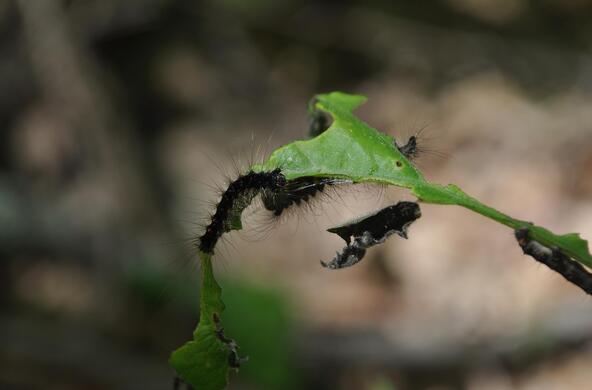With the snow melted and the weather warming, folks are finally making their way outdoors, where, if you live anywhere in the Hudson Valley, the black-footed tick that carries Lyme disease can be found.
While some area residents have already pulled a tick or two off themselves or their fur-bearing friends, it is still not known what affect the unusually cold and snowy winter may have had on the tick population.
"It's too soon to tell," said Richard Ostfeld, a scientist with the Cary Institute of Ecosystem Studies and leading expert on Lyme disease and the black-legged tick.
Ostfeld said that the ticks people may have found are adult ticks, not the tick nymphs that are the main culprit behind the transmission of Lyme disease.
"We're less concerned by the adults because they don't usually transmit more than a fraction of Lyme disease cases," said Ostfeld. "The life stage of the tick that we really need to worry about – the one that transmits the vast majority of Lyme disease cases – is the nymph.
"And they're not really out yet," he said.
Ostfeld said that his researchers have been in the field every day sampling ticks in an attempt to determine whether the frigid temperatures that gripped the region this winter had any impact on the tick population.
While past studies have shown that cold winters do tend to kill off some of the tick population, there hasn't been a study of the impact of a winter such as the one just passed, which saw heavy snow cover and temperatures consistently below freezing.
"We' don't know how the nymphs fared after that supercold snowy winter we just experienced," he said. "We're waiting to see," he said.
Ostfeld said nymphs begin to emerge in late May and early June, at which time researchers will be able to get a better handle on the tick population.
"We'll have an answer in several weeks," he said.








